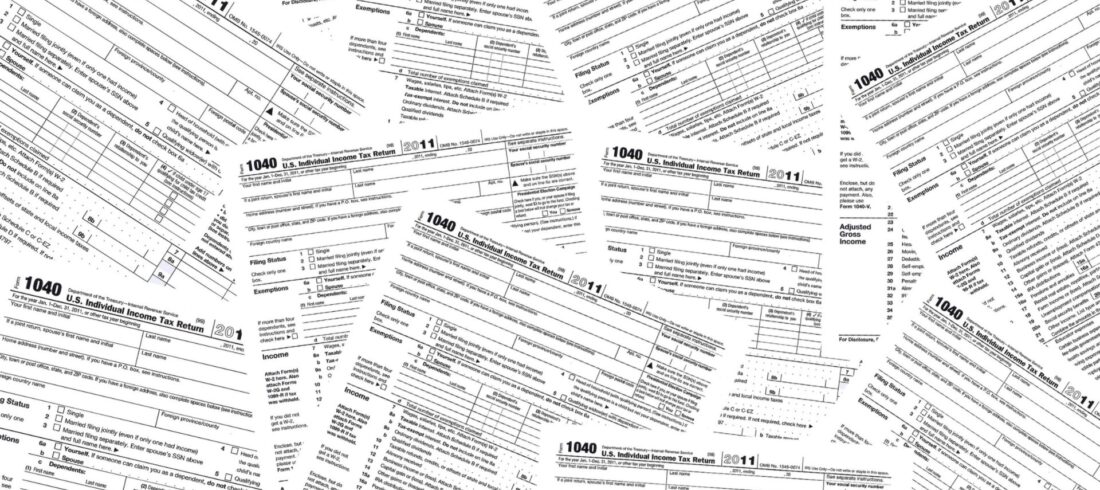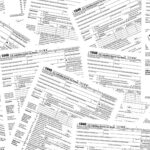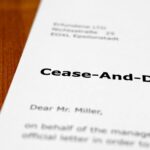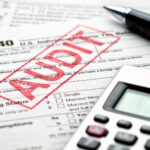When the Tax Code originally became law back in 1913, if you sold a business asset that fit the general definition of “capital asset,” you had a capital gain or loss. Period. During and immediately after the depression of the 1930’s, most assets decreased in value. Many businesses were unwilling to upgrade their equipment during this time, because the capital losses they realized on the sale of their old equipment were only partially deductible (see note at the end of this entry), whereas holding the old equipment for its entire useful life resulted in fully deductible depreciation.
The decision not to upgrade equipment, made by thousands of business owners throughout the U.S. had a dampening effect on economic recovery. In 1938, Congress addressed this problem by changing the Tax Code’s definition of capital assets. Depreciable business assets were no longer capital assets for purposes of characterizing gains or losses when the assets were sold.
The 1938 law removed the tax barrier to selling equipment that had declined in value, since losses on the sale of business assets were treated as fully deductible ordinary losses. But all was not well for long. During the World War II years, the value of the U.S. dollar fell, resulting in price inflation. Because of price inflation, sales of business assets were likely to result in gains that, due to the 1938 revision in the definition of capital assets, would be taxed as ordinary income.
In 1942, section 1231 was added to the Tax Code. Under section 1231, gains on the sale of business assets would be treated as capital gains, whereas losses would be treated as ordinary losses. This desirable (for businesses) situation lasted until 1962, when section 1245 was added to the Tax Code.
Like many tax laws, section 1245 was passed to prevent taxpayers from benefiting too much from a tax break designed to encourage certain behavior. In the case of section 1245, the tax break in question was accelerated depreciation. Like section 1231, accelerated depreciation was supposed to encourage businesses to buy new equipment.
Here’s how accelerated depreciation worked: Say Andre’s Old World Pastries, a sole proprietorship, buys a new automatic dishwasher for $3,000, takes depreciation deductions of $2000, then sells the dishwasher for $2500. If Andre’s marginal tax rate is 28%, the depreciation deductions have saved him $560 in taxes. His adjusted basis when he sells the dishwasher is $1000 ($3000 purchase price less $2000 depreciation), so he has a $1500 gain. If the gain is a capital gain, Andre pays $225 in taxes ($1500 x 15% capital gains rate). In effect, he has “converted” $1500 of ordinary income into a capital gain.
Accelerated depreciation worked to stimulate purchases of depreciable business assets. But there were some who believed it was working too well.
Here’s what happens to Andre’s Old World Pastries under the section 1245 rules: Andre is now required to “recapture” the depreciation he took. This means that when Andre sells the dishwasher for $2500, his $1500 gain is taxed at ordinary tax rates rather than the capital gains rate.
Denise and Gary Allen, the business owners who sold the assets of their moving and storage business for less than their purchase price, were shocked when their tax return showed a gain instead of a loss. The gain was due to depreciation deductions and section 179 write-offs. Even worse, the gains on the equipment were treated as ordinary income because of section 1245. Gains on the warehouse were treated a little differently. Next time, I’ll discuss section 1250, which affects sales of real estate.
Note: Capital gains are now 100% taxable, but for taxpayers other than C corporations, they are taxed at a lower rate than ordinary income. Prior to 1986, the same rate schedule applied to both capital gains (or losses) and ordinary income, but a portion of the net capital gain or loss was excluded from taxable income.













